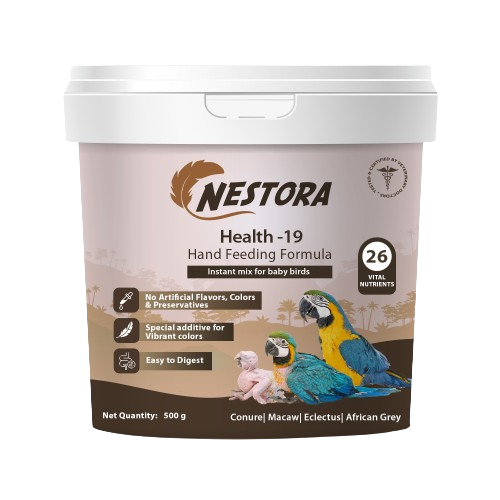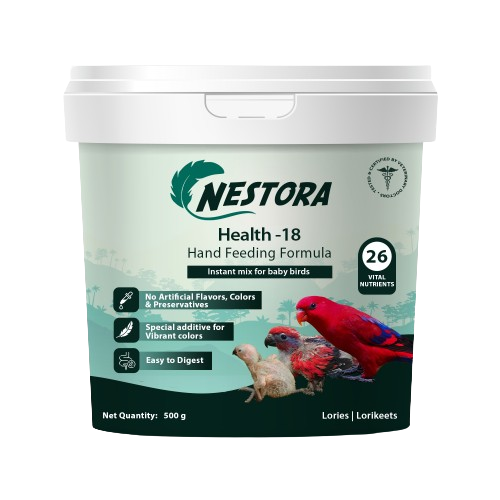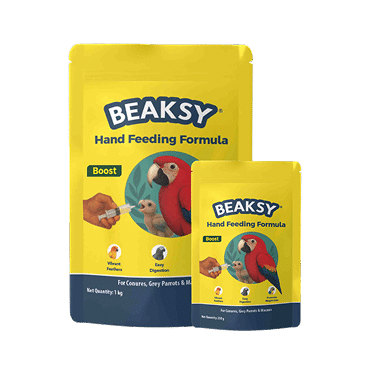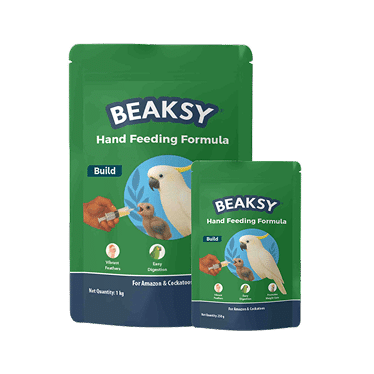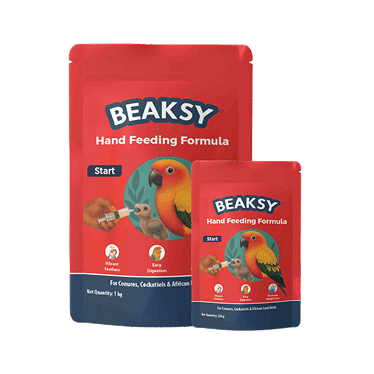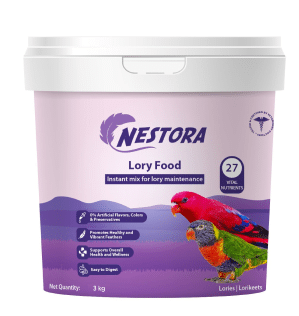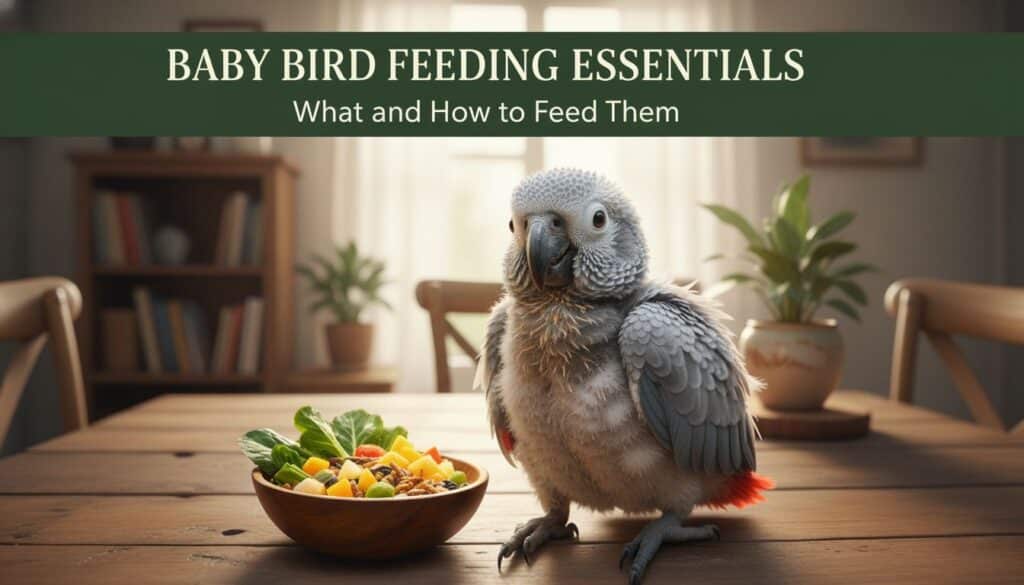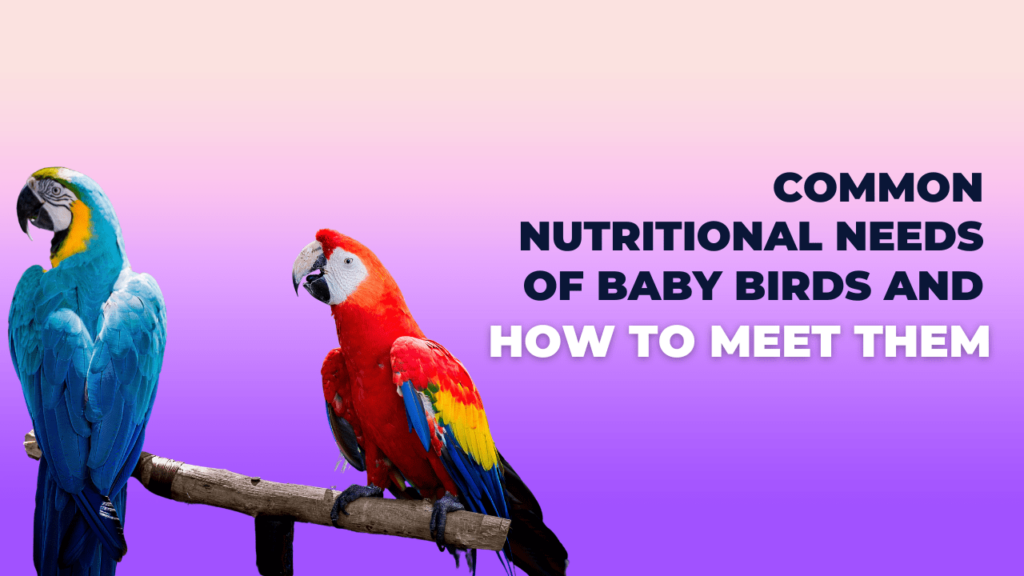Baby Bird Feeding Essentials: What and How to Feed Them
Feeding baby birds is both an art and a science. Proper baby bird feeding requires precision, patience, and the right knowledge of nutrition. Whether you are a breeder, a pet shop owner, or a passionate bird enthusiast, understanding how to feed a baby bird can significantly impact its growth, health, and survival.
Premium brands like Nestora offer scientifically formulated hand feeding formulas for optimal nutrition, while Beaksy provides reliable feeding solutions for everyday use.
Many new bird parents often ask: what to feed a baby bird and how to feed a baby bird safely. The answer lies not just in the food but also in timing, technique, and quality of care. Using a hand feeding formula ensures balanced nutrition while keeping feeding safe and convenient.
Why Baby Bird Feeding is Crucial
The earliest stages of a bird’s life are when growth happens fastest. Their bones, muscles, feathers, and immunity are still developing, and proper nutrition is key. With correct baby bird feeding practices, you can expect:
- Stronger immunity against infections
- Smooth feather growth with a natural shine
- Consistent weight gain and energy
- Emotional trust and bonding with the caregiver
Neglecting these basics can lead to weak growth or serious health problems.
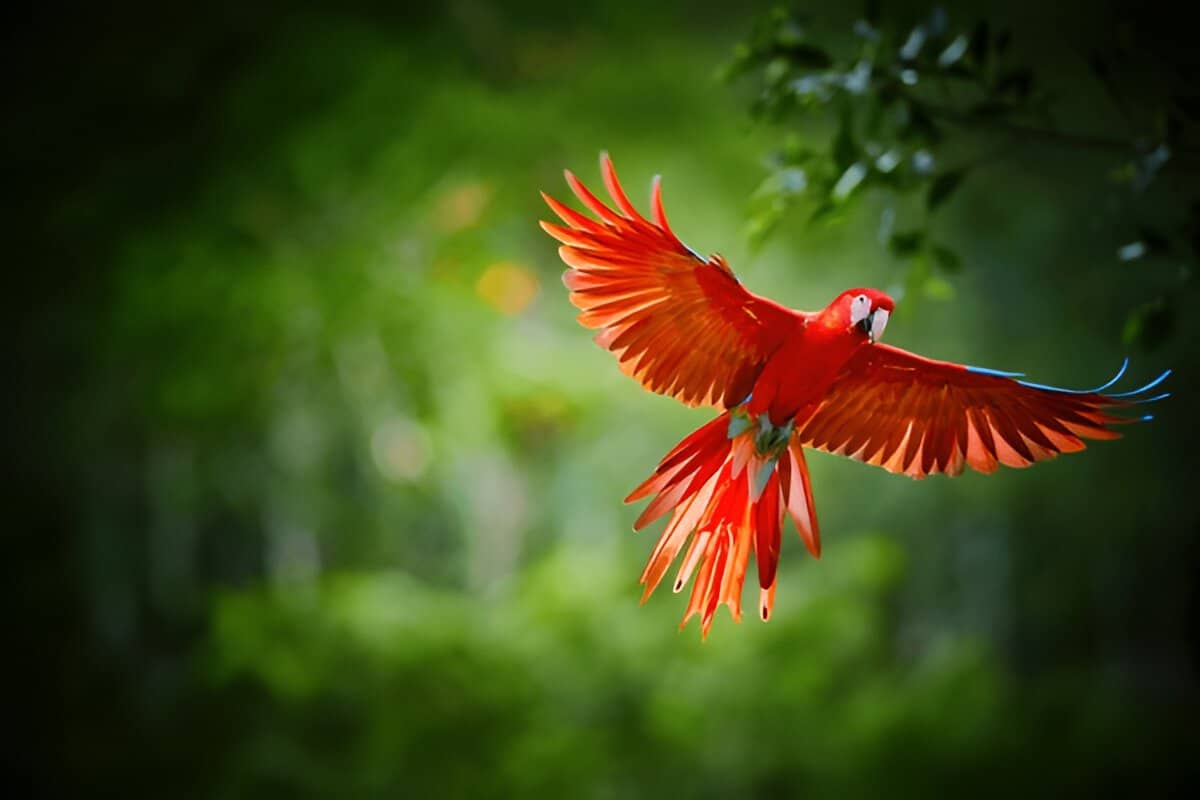
What to Feed a Baby Bird
When it comes to what to feed a baby bird, the best choice is a high-quality hand feeding formula like Nestora or Beaksy. It provides the exact balance of proteins, vitamins, and minerals required for growth. Homemade alternatives are often unreliable, while ready-to-use formulas are safe and easy to use.
Stage-wise Feeding Guide:
|
Baby Bird Age |
Recommended Food | Feeding Frequency |
Notes |
| 0–7 days (Hatchling) | Hand feeding formula | Every 2–3 hours | Smooth and lukewarm |
| 1–4 weeks (Nestling) | Hand feeding formula | Every 3–4 hours | Smooth and lukewarm |
| 4–5 weeks (Fledgling) | Formula + mashed fruits or blanched vegetables | 2–3 times daily | Encourage early self-feeding |
| 5+ weeks (Juvenile) | Fruits, vegetables, seeds | 2–3 times daily | Transition to semi adult diet |
Using a hand feeding formula in the early weeks reduces the risk of nutritional deficiencies and ensures safe digestion.
Hand Feeding Formula: Choosing the Right One
The foundation of successful baby bird feeding is a high-quality hand feeding formula. Here are two popular options:
| Brand | Type | Variants | Species |
| Nestora | Premium | Health 18 (H18)
Health 19 (H19) |
Lories and Lorikeets
Conures, Macaws, African Grey Parrot, Eclectus |
| Beaksy | Reliable | Start
Build Boost |
Conures, Cockatiels and African love birds
Amazons & Cockatoos Conures, Grey Parrots & Macaws |
Nestora is ideal for breeders and owners seeking superior and advanced quality nutrition, while Beaksy ensures dependable feeding for smaller pet birds.
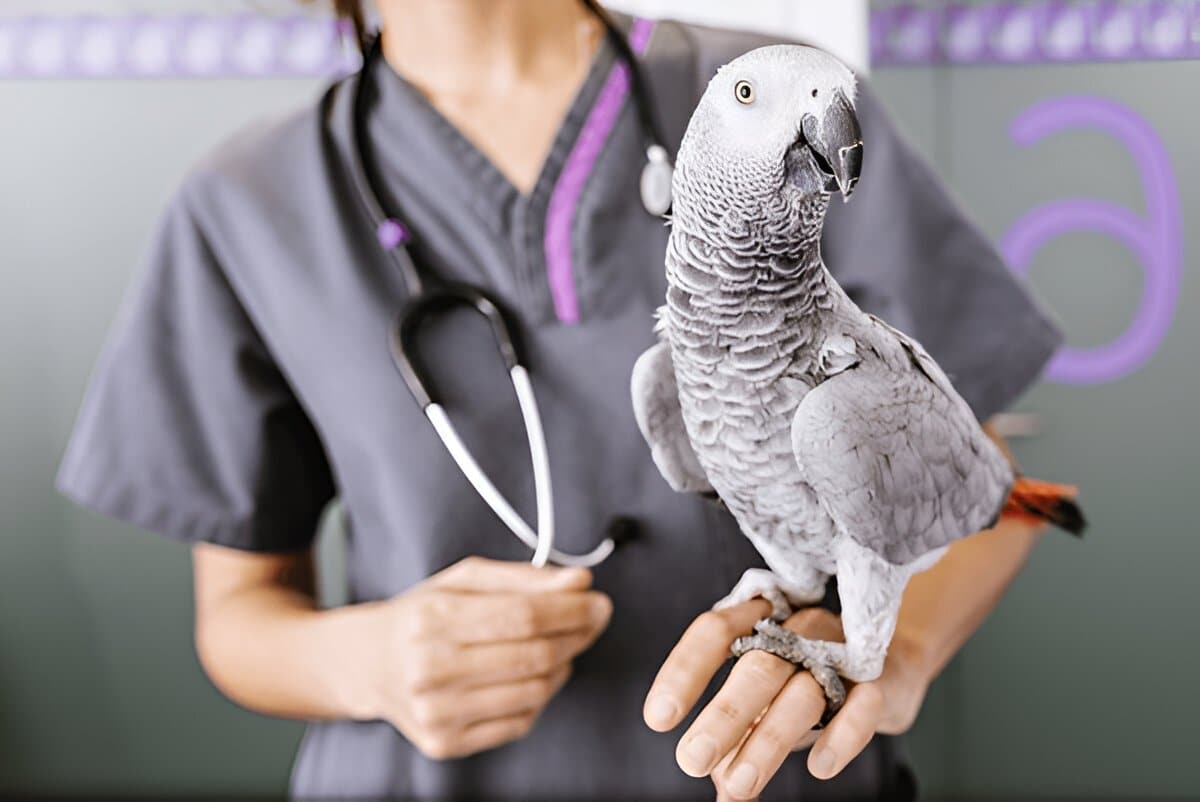
How to Feed a Baby Bird
Feeding a baby bird correctly involves technique, hygiene, and timing. Follow these steps:
- Preparation and Temperature: Mix 1 part of Nestora or Beasky hand feeding formula in three parts of warm water (40-42°C).Feed the mix to the chick, equivalent to 10% of its body weight, at the right temperature (37-39°C) using a sterile crop tube, syringe or spoon.
- Feeding Tools: Use a syringe or spoon designed for baby birds.
- Feeding Frequency: Hatchlings need feeding every 2–3 hours, reducing gradually with age.
- Amount: Feed small quantities to prevent choking; adjust portions as the bird gains weight.
- Cleanliness: Clean all feeding utensils and maintain a hygienic environment.
Proper attention ensures your baby bird receives all essential nutrients safely.
Signs of Healthy Feeding
Monitor your baby bird’s growth. Signs of proper feeding include:
- Steady weight gain
- Bright eyes and activeness
- Healthy feather growth
- Energetic behavior
- Clean vent area
Watch for lethargy, regurgitation, or abnormal droppings—these indicate feeding adjustments may be needed.
Tips for New Breeders and Pet Owners
- Keep a feeding schedule and log the amount fed each time.
- Gradually introduce solid foods as the bird grows.
- Avoid feeding cold/too hot formula to prevent crop issues.
- Maintain warmth and safety in the nesting area.
Conclusion
Mastering baby bird feeding is essential for raising healthy, thriving birds. Using premium Nestora formulas or reliable Beaksy solutions ensures proper nutrition, growth, and overall wellbeing. By following correct feeding techniques, timing, and hygiene, your baby birds will flourish and grow into strong, vibrant adults.
For more information and to explore quality hand feeding formulas, visit CK Pets World.
Top 3 FAQs on Baby Bird Feeding
Q1: How often should I feed a baby bird?
A1: Hatchlings require feeding every 2–3 hours, gradually reducing the frequency as they grow.
Q2: Can I use homemade food instead of a hand feeding formula?
A2: It’s not recommended; commercial formulas ensure complete and balanced nutrition.
Q3: How do I know if the baby bird is overfed?
A3: Signs include regurgitation, bloating, or dullness in birds behaviour; adjust feeding amounts accordingly.
Healthy birds are happy birds!

